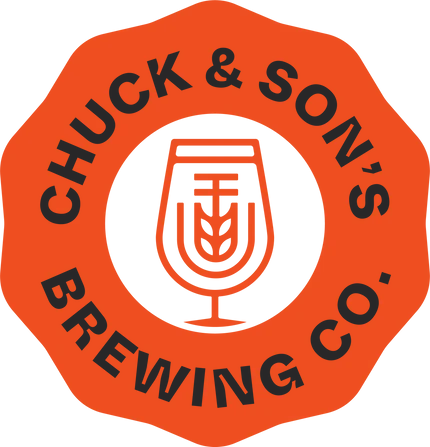Beer, the beloved beverage that has been quenching thirsts and fueling parties for centuries. But if you’ve ever asked yourself how the level of alcohol in beer is controlled, you’re certainly not alone (it’s one of our most common questions). How do brewers ensure their brews pack just the right punch without knocking you out? Well, with some help from Head Brewer Richard, we’re diving into the fascinating world of beer control.
What's the deal with alcohol in beer?
Before we get into the nitty-gritty of beer control, let's quickly refresh our memory on how alcohol is formed in beer. It's a process called fermentation, where yeast consumes sugar from malt and converts it into alcohol and carbon dioxide. Simple(ish)!
ABV: Alcohol by Volume
Now that we know how alcohol is created in beer, let's talk about how it's measured. Enter ABV, or Alcohol by Volume. ABV is the standard unit used to measure the alcohol content in beer. It tells you how much alcohol is present in a given volume of beer. Think of it as the beer's boozy power level.
Control Freaks: How Brewers Keep It in Check
So, how do brewers control the alcohol content in their beers? Well, they have a few tricks up their sleeves. One of the most common methods is adjusting the amount of fermentable sugars in the wort (the liquid extracted from malted grains). By tweaking the sugar levels, brewers can manipulate the alcohol content. More sugar gives more for the yeast to convert meaning more alcohol is produced.
Another technique is controlling the fermentation process itself. Brewers can regulate the temperature, yeast strain, and fermentation time to achieve the desired alcohol level. It's like conducting a symphony of yeast and sugars, all in the name of beer perfection. Sounding like a high school science class? Yes, it’s all about chemistry.
Beer Control: A Balancing Act
Beer control is a delicate balancing act. Our brewers strive to create beers with just the right amount of alcohol to deliver a satisfying experience without leaving you flat on your face. It's a blend of science, art, and a touch of magic.
So, next time you crack open our cruisy Touring Radler or opt for the stronger Original Pilsner, take a moment to appreciate the careful control that went into crafting that liquid gold.

